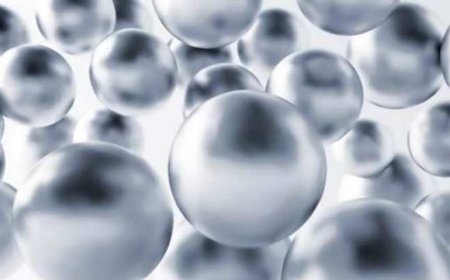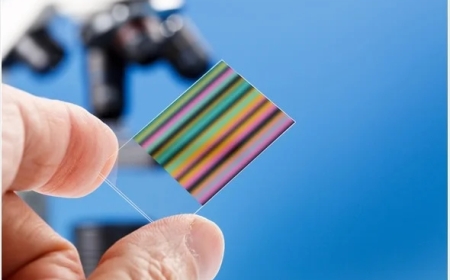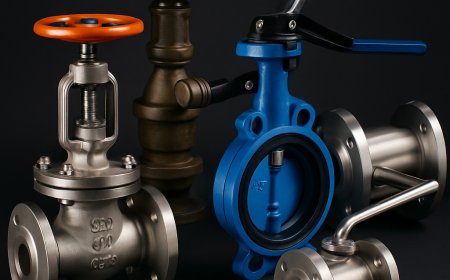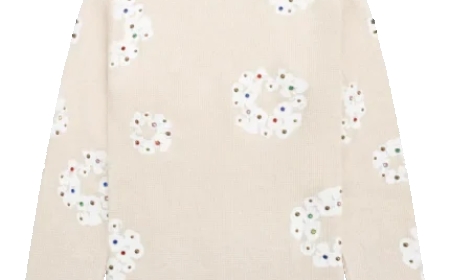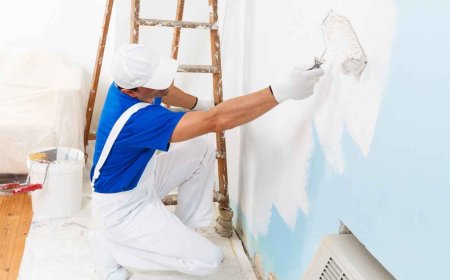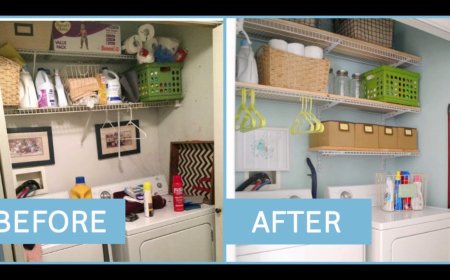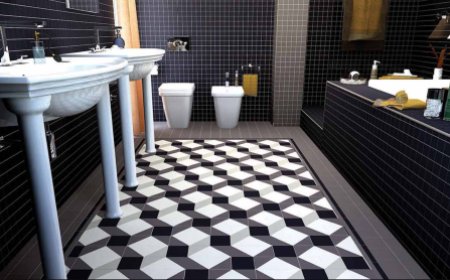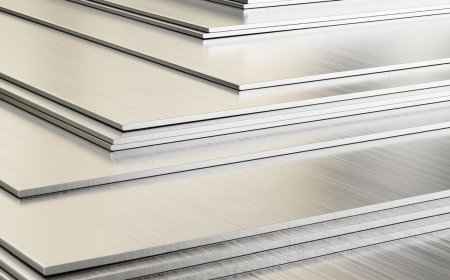How Carbon Wrapping for Slabs Works: Step-by-Step Breakdown
How Carbon Wrapping for Slabs Strengthens Weak Concrete Without Demolition. Learn the full process for safe, fast, and lasting structural repair.

Many concrete slabs in Indian buildings are ageing, overloaded, or poorly maintained. Over time, they show cracks, corrosion, or deflection. Full replacement of slabs can be expensive and time-consuming. Luckily, there's a modern solution. Carbon Wrapping for Slabs is a fast, reliable method to enhance slab strength without demolition. This guide explains how the process works step by step, ensuring safety, speed, and minimal disruption to ongoing operations.
Why Choose Carbon Wrapping Over Traditional Repairs
Additional concrete layers or steel plates are frequently used in traditional slab strengthening. These techniques are hefty and cumbersome. They also take a long time to cure and frequently interfere with construction. Carbon wrapping, on the other hand, uses fiber sheets that are strong and lightweight and are epoxy-bonded. The dead load on the slab is not increased. More significantly, carbon wrapping for slabs provides outstanding long-term durability and a high strength-to-weight ratio. Its especially effective in Indian contexts where time and space are restricted.
Step 1: Detailed Structural Assessment
Inspection is the first and most important step. Slab damage, cracks, deflection, and exposed reinforcement are evaluated by engineers. The internal condition of the slab is frequently ascertained through nondestructive testing. Calculating the load aids in determining the required strength. Finding weak areas and looking for water damage are also part of this step. All of the information gathered aids in creating a customised carbon wrapping strategy for slabs that complies with safety regulations.
Step 2: Surface Preparation and Cleaning
The carbon wrap will not adhere properly to a dirty surface, regardless of how strong it is. Surface preparation is therefore crucial. Water jets, sandblasters, or grinders are used to thoroughly clean the slab's surface. Dust, paint, coatings, and loose concrete are all gone. To enhance bonding, the surface is roughened. Cracks are frequently patched or resin-injected beforehand. Effective carbon wrapping for slabs requires a base that is clear and ready.
Step 3: Primer and Epoxy Application
A primer is applied after the surface has been cleaned. By doing this, the concrete is ready to accept the epoxy bonding ingredient. The slab is then covered with a mixture of high-strength epoxy resin. The carbon fiber sheets adhere to the epoxy like glue. It guarantees a strong binding by filling the concrete's tiny pores. Pot life, humidity, and temperature are all closely watched. For Carbon Wrapping for Slabs to be successful in tropical Indian climates, this step needs to be completed precisely and promptly.
Step 4: Laying the Carbon Fiber Sheets
Carbon fiber sheets are carefully placed onto the slab following the application of epoxy. Depending on the size of the surface, either a roller or a hand is used for this. To prevent air gaps, the sheets are pressed uniformly. If more strength is needed, many layers could be added. To transfer loads efficiently, each layer needs to be oriented correctly. Experienced technicians with training are needed for this phase. The long-term viability of Carbon Wrapping for Slabs is determined by the caliber of this installation.
Step 5: Curing and Hardening Time
The system needs to be given time to cure after the sheets are laid. The material's characteristics and the surrounding temperature affect the curing time. For complete bonding, 24 to 48 hours are often needed. The wrapped area is shielded from movement, moisture, and dust throughout this period. No extra weight is permitted on the slab. The fiber-resin bond will reach its maximum mechanical strength if it is properly cured. Carbon Wrapping for Slabs may become less effective if it is cured too quickly.
Step 6: Protective Coating and Final Finish
The carbon wrap is frequently covered with a protective coating to improve longevity. By doing this, the fiber is shielded from abrasion, moisture, and UV light. Waterproof and anti-corrosion coatings can be applied to exposed areas. In order to blend in with the existing interiors, aesthetic treatments can also be incorporated. Maintenance planning heavily relies on finishing, particularly in Indian commercial structures. The last stage guarantees that Carbon Wrapping for Slabs functions dependably and looks neat.
Typical Applications in Indian Buildings
This approach is perfect for government buildings, factories, hospitals, and commercial complexes. Slab strengthening is frequently required for these structures without interfering with regular operations. Demolition is challenging in India's cities due to space constraints and high occupancy rates. Wrapping offers an effective retrofit instead. High-rise buildings, parking lots, and basements gain the most. When load demands rise or deterioration starts, engineers frequently advise carbon wrapping slabs. It is a favoured solution because of its quickness and versatility.
Mistakes to Avoid During Execution
Failure can result from subpar execution even with high-quality materials. Do not apply epoxy unevenly or skip surface cleaning. Bubbles of air must be totally removed. Untrained employees run the risk of misaligning layers or damaging the sheets. Durability is decreased by inconsistent curing or subpar finishing. Use certified technicians at all times, and adhere to manufacturer instructions. In India, local dust and humidity levels should also be taken into account by contractors. Your Carbon Wrapping for Slabs project will operate at its best if it is well planned and supervised.
Integrating Wrapping with Preventive Maintenance
Carbon wrapping is not a one-time solution. Rather, it is a component of a strategy for preventative maintenance. Frequent building inspections aid in the early detection of problems. Slab life is increased by combining wrapping with rust prevention and sealing. Structural health monitoring systems are now used in several Indian facilities. These offer information for prompt decision-making. Carbon Wrapping for Slabs turns into a sustained investment in sustainability and safety when paired with maintenance and inspections.
With prompt response, many slab failures can be prevented. An intelligent, non-intrusive, and economical choice is carbon wrapping. Strength is increased without bulk. The procedure is quick, hygienic, and long-lasting. This technique guarantees operational safety and structural integrity for public and commercial buildings in India. Don't wait if your slab begins to show symptoms of ageing. To strengthen your building's future now, go with carbon wrapping for slabs.




